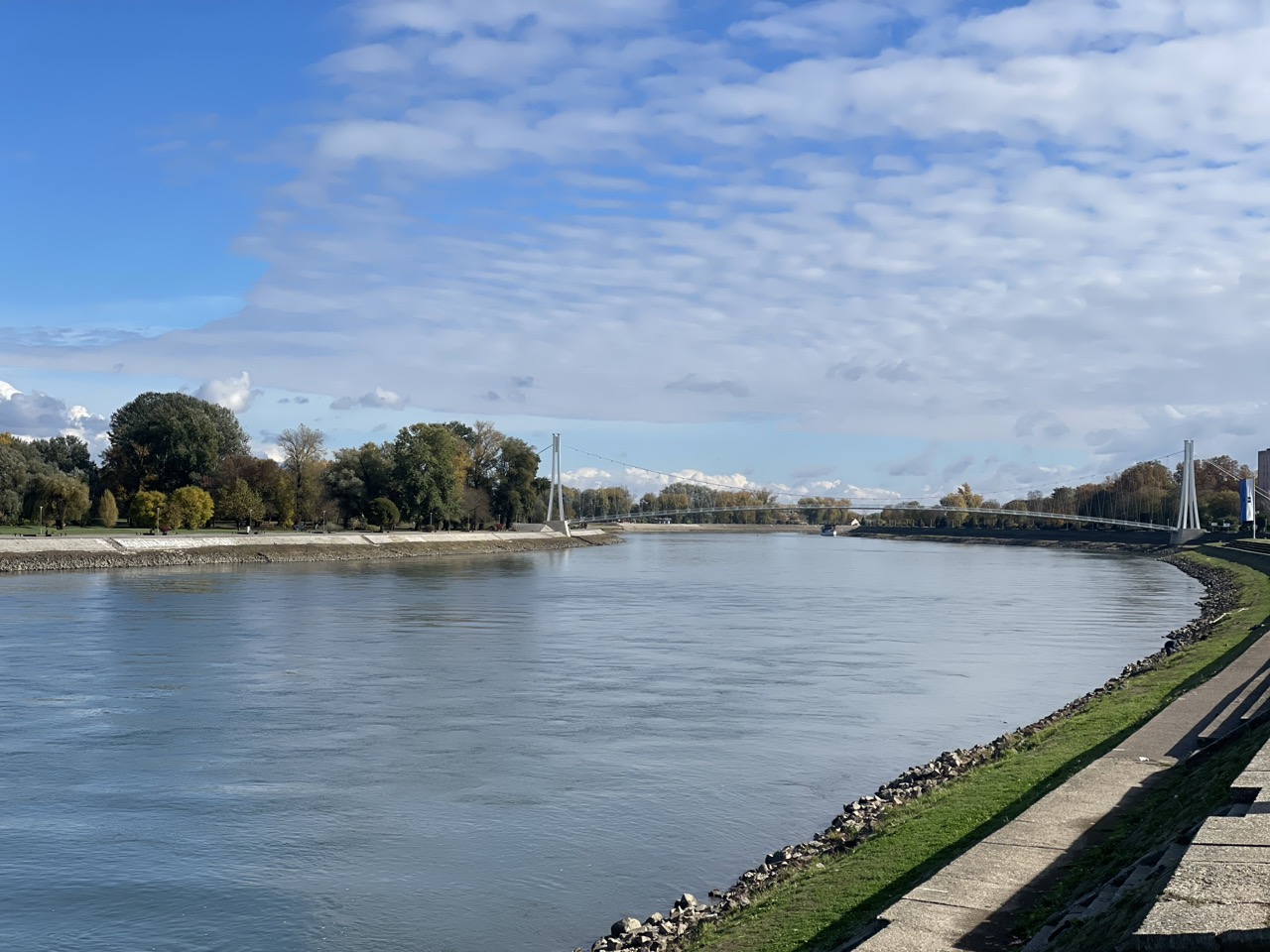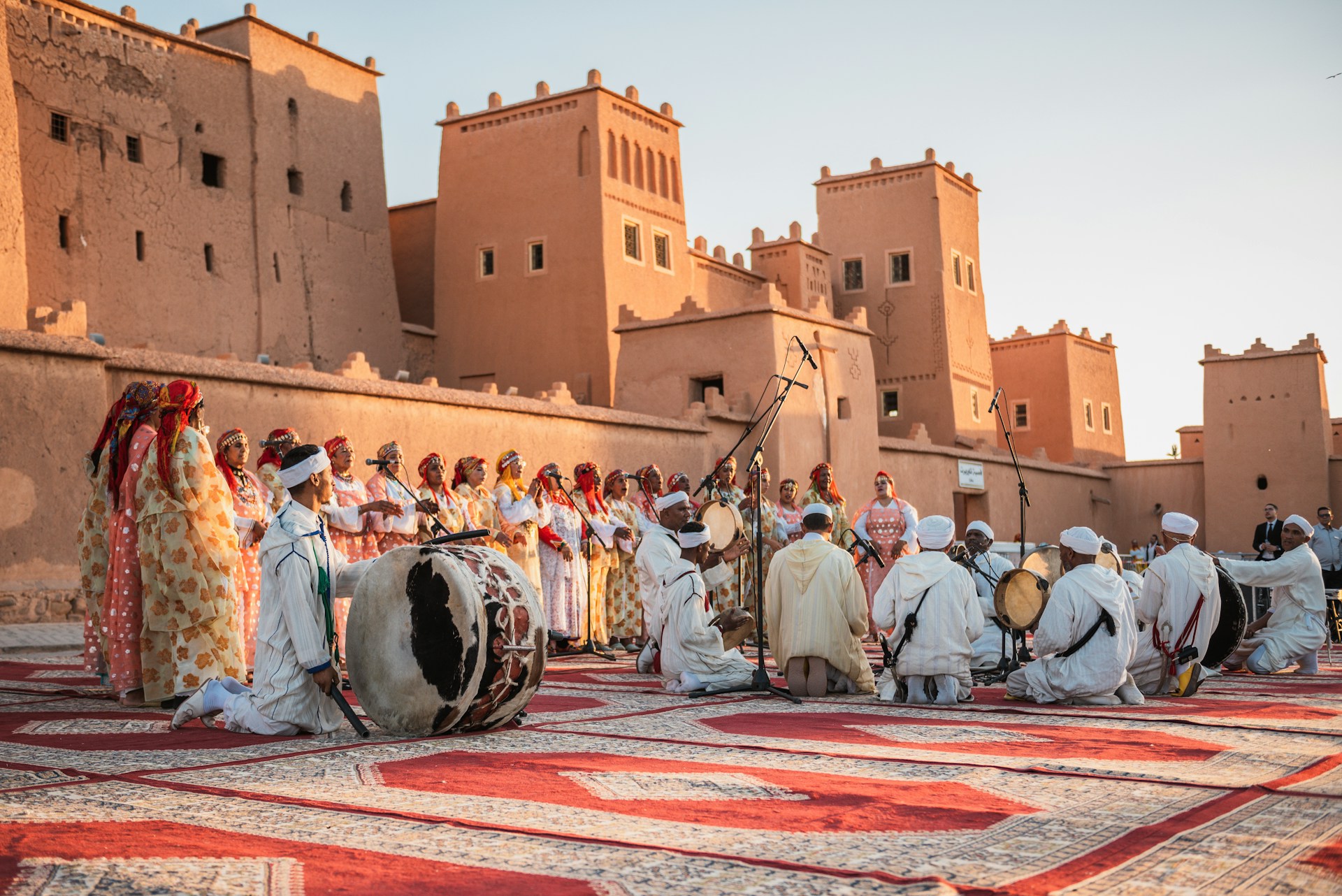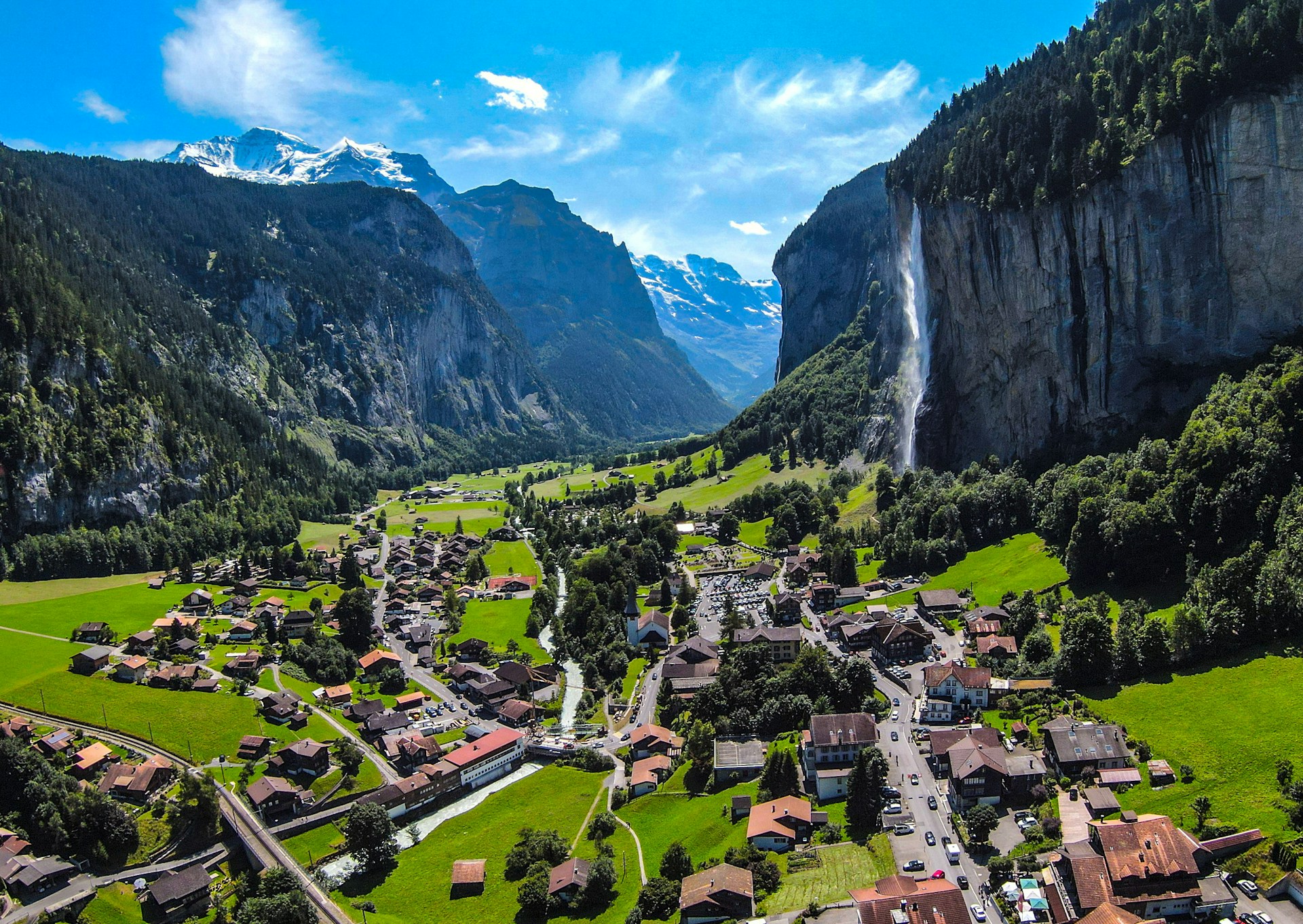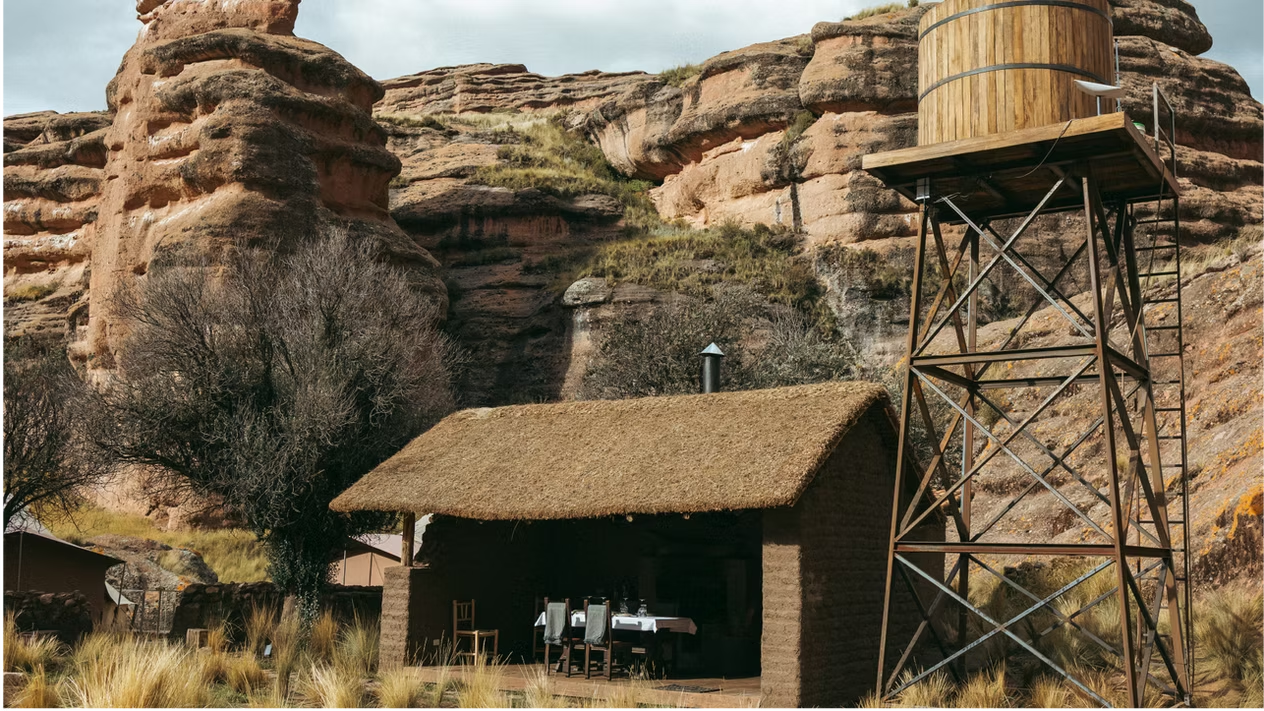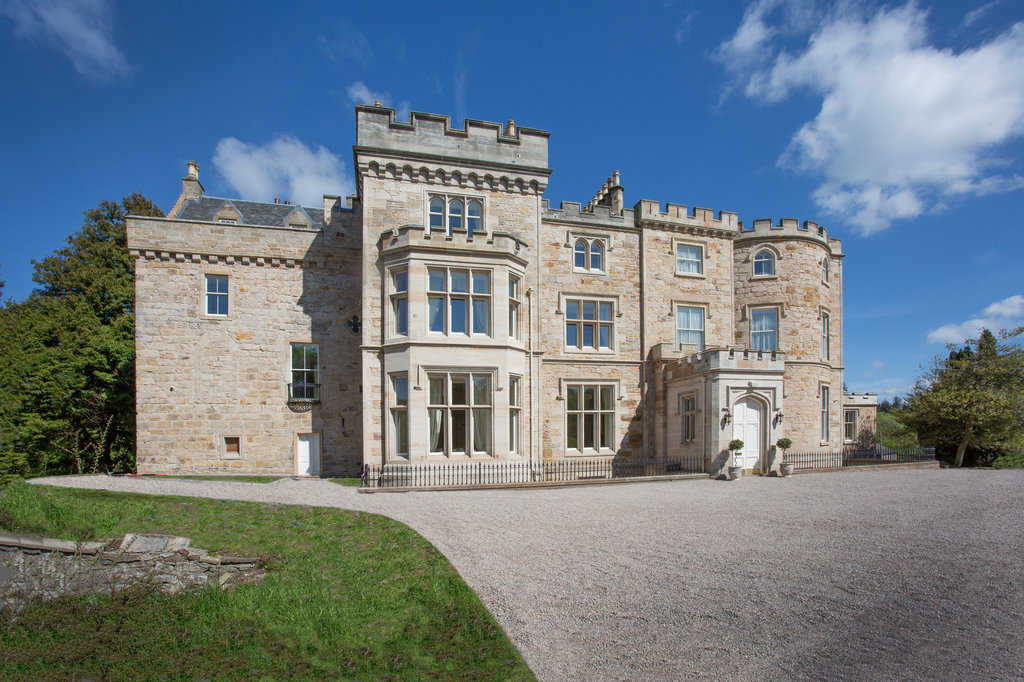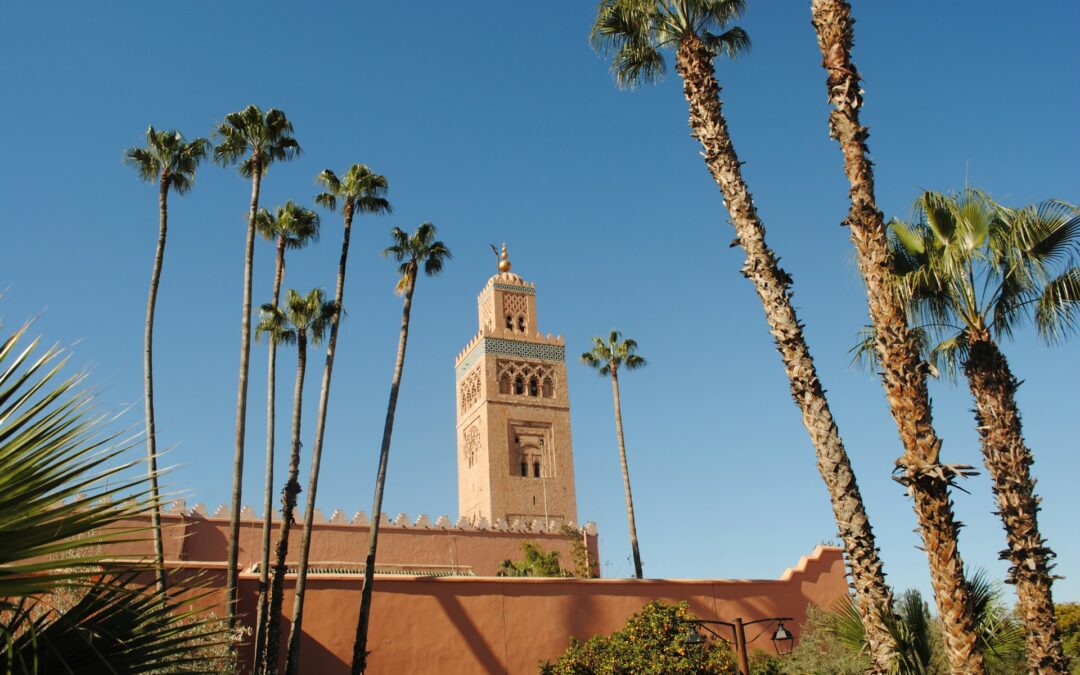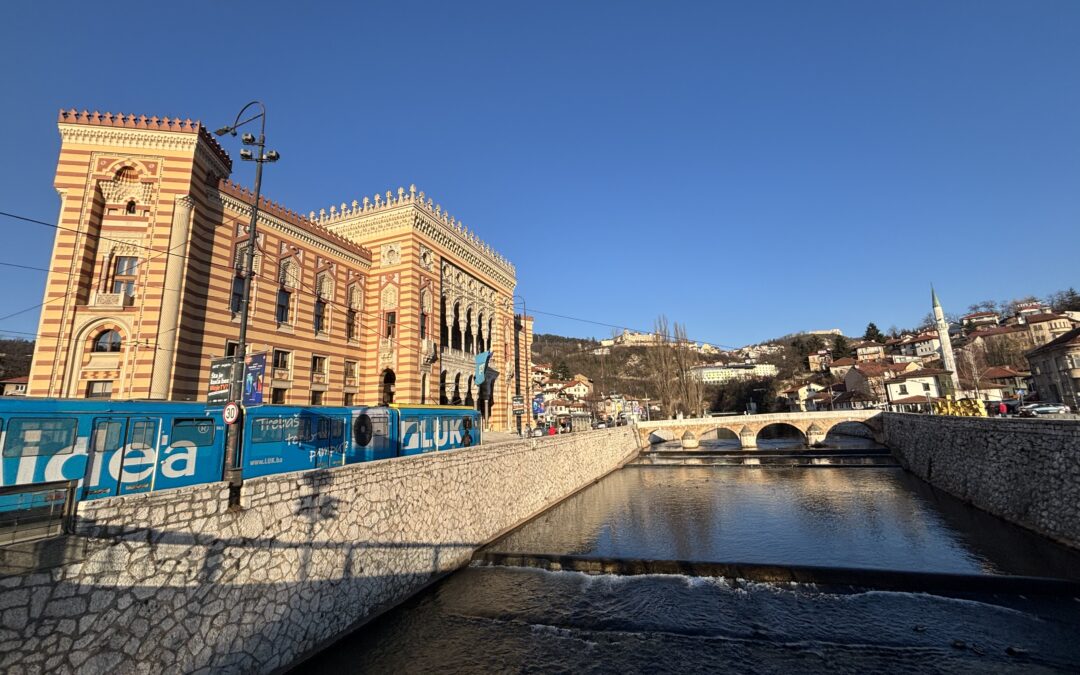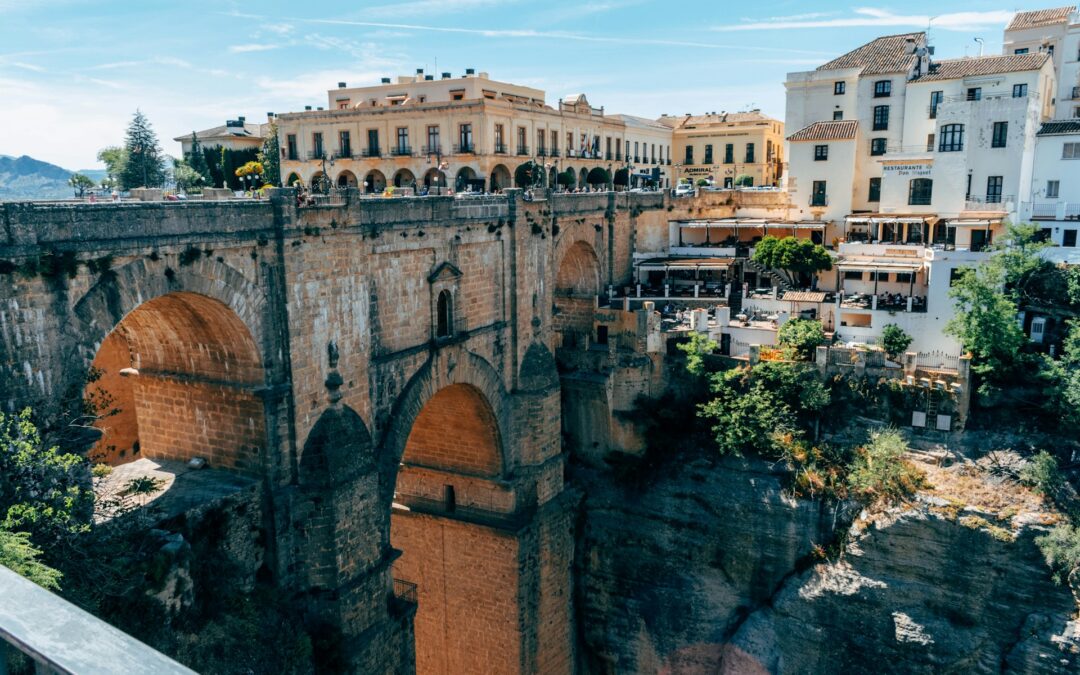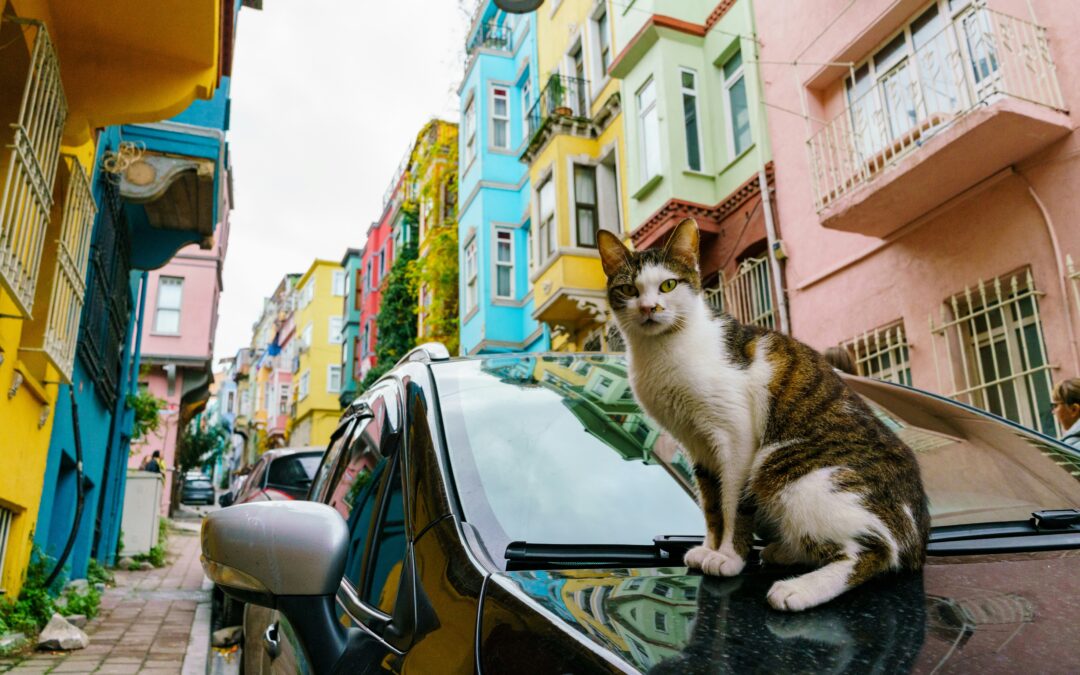Few dishes are as closely tied to their homeland as paella is to Spain. With its golden saffron rice, mix of meats or seafood, and unmistakable wide, shallow pan, paella is not just a recipe — it’s a story of farmers, fishermen, and family gatherings that grew into one of the world’s most famous meals.
From fields to pan: the origins in Valencia
Paella’s roots lie in the countryside of Valencia, on Spain’s eastern coast. In the mid-19th century, rice fields spread across the region, and farmers cooked hearty meals outdoors over wood fires. They combined short-grain rice with whatever was available: rabbit, duck, chicken, green beans, and sometimes snails. Saffron, already cultivated in Spain for centuries, gave the dish its golden hue and distinct aroma.
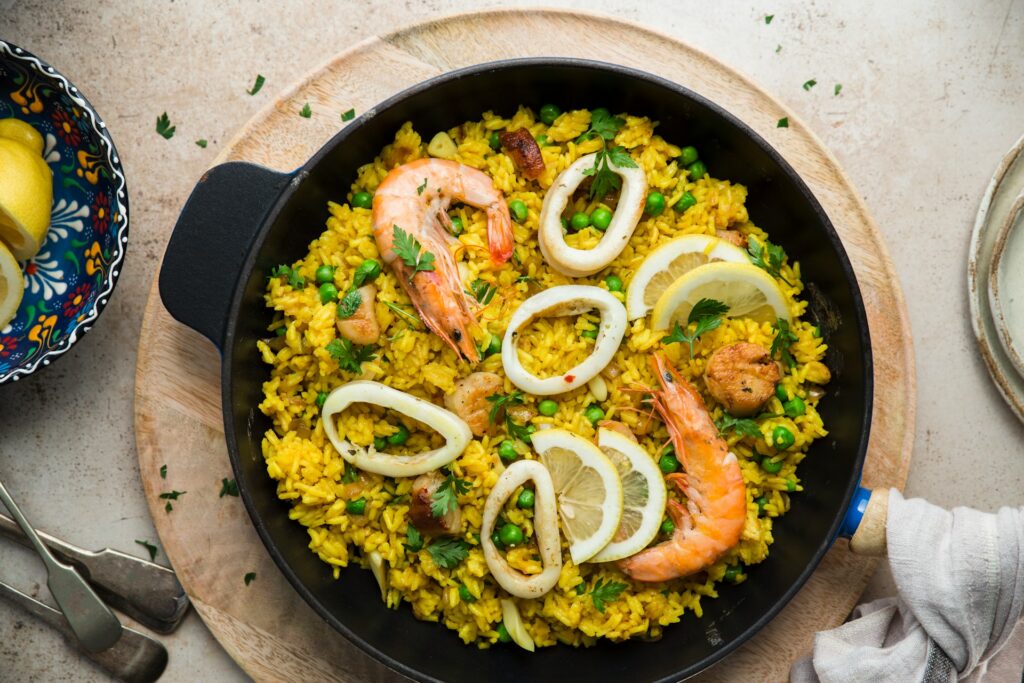
The pan itself — wide, shallow, with two handles — is what gave the dish its name. “Paella” comes from the Latin word patella, meaning pan. Its shape allowed rice to cook evenly and absorb flavors beautifully, creating the prized crispy bottom layer known as socarrat.
A dish of the people
At its heart, paella was never a restaurant showpiece but a communal dish meant for sharing. Farmers and families gathered around a single pan, eating with wooden spoons. It was practical, affordable, and celebratory all at once — a reflection of the Mediterranean way of life.
As Valencia’s rice culture grew, so did the fame of paella. By the late 19th and early 20th centuries, it was already considered a symbol of Spanish identity, though purists still insist that true paella Valenciana follows the original farmer’s recipe.
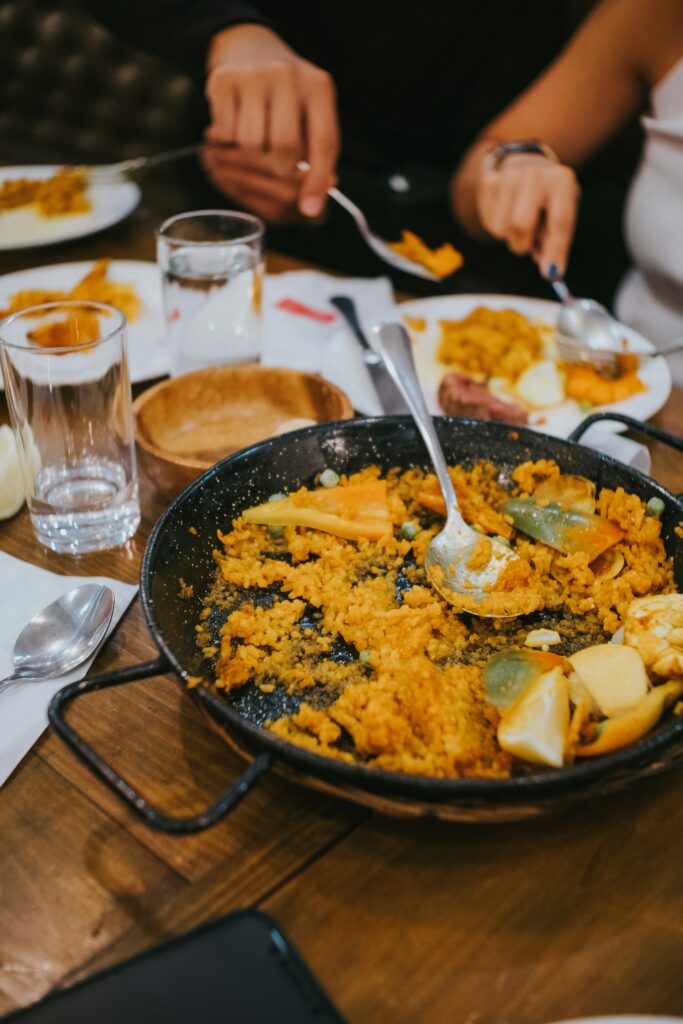
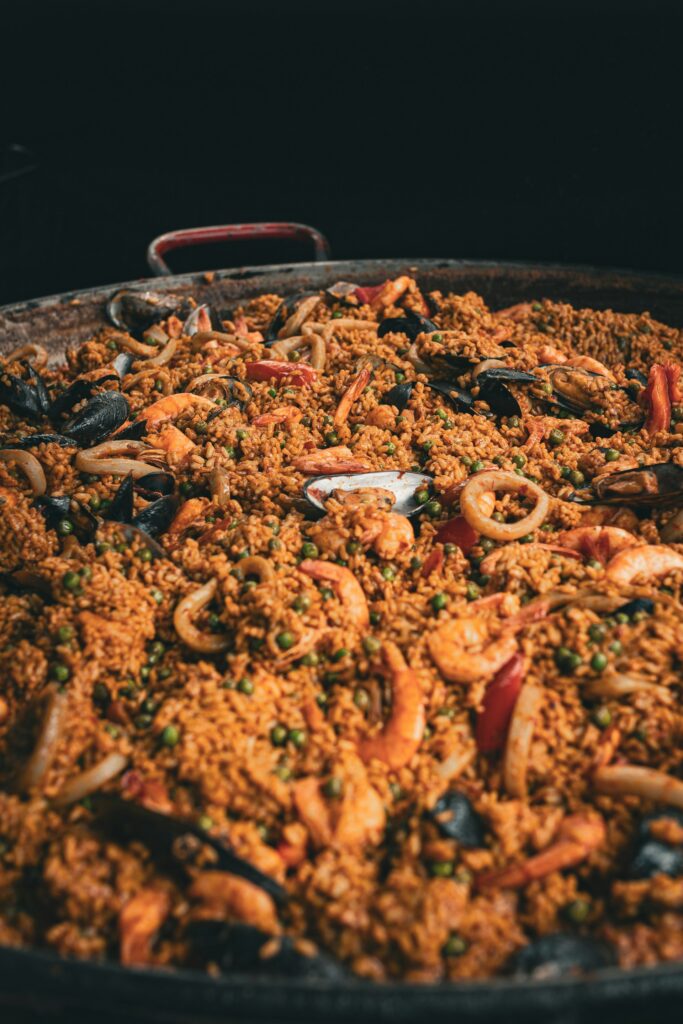
Seafood, fiestas, and modern variations
As the dish spread to Spain’s coastal towns, seafood versions emerged. Fishermen replaced rabbit and duck with prawns, mussels, clams, and squid. In tourist resorts, “mixed paella” (combining meat and seafood) became popular, though it would raise eyebrows in Valencia.
Today, you’ll find countless variations: vegetarian paellas with artichokes and peppers, black paella made with squid ink, even avant-garde Michelin-starred interpretations. Yet the ritual remains the same: paella is cooked slowly, outdoors if possible, always in good company.
Where to taste paella in Spain
If you want the real thing, head to Valencia. The region’s villages still prepare paella Valenciana on Sundays and for festivals. In the city, institutions like La Pepica, overlooking the beach, have been serving paella for over a century. Local chefs recommend trying it at midday — Valencians rarely eat paella for dinner.
Of course, paella has traveled the world, but eating it where it was born, with the Mediterranean breeze in the air, is an experience like no other.
More than a dish
Paella is Spain on a plate: humble yet festive, rooted in the land and sea, and meant to be shared. Its history tells of resourceful farmers, coastal fishermen, and family traditions that turned a simple pan of rice into an international icon.
Next time you lift your spoon from a steaming paella pan, you’re not just tasting rice and saffron — you’re tasting centuries of Spanish history.

